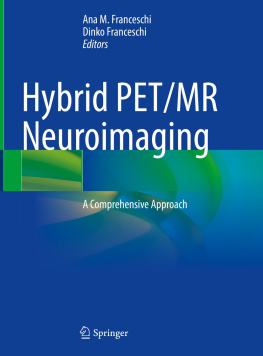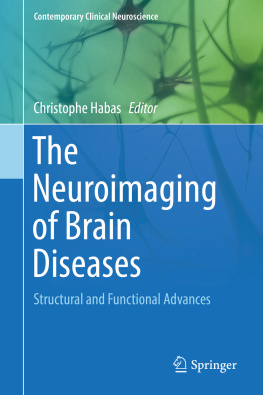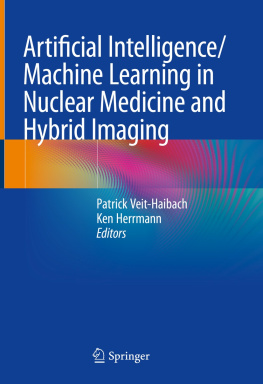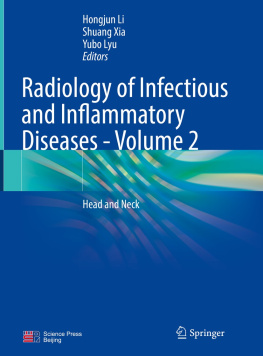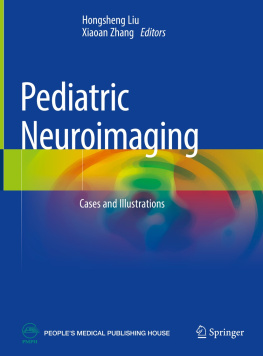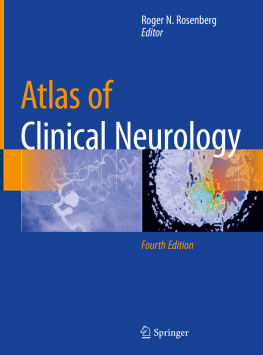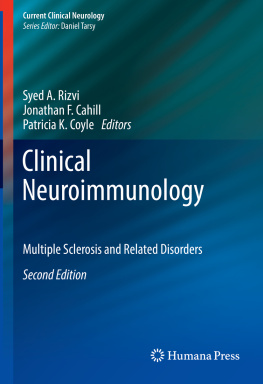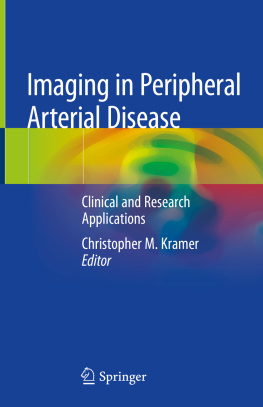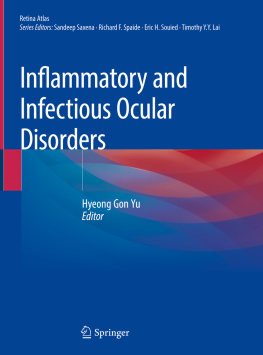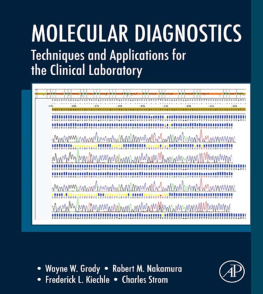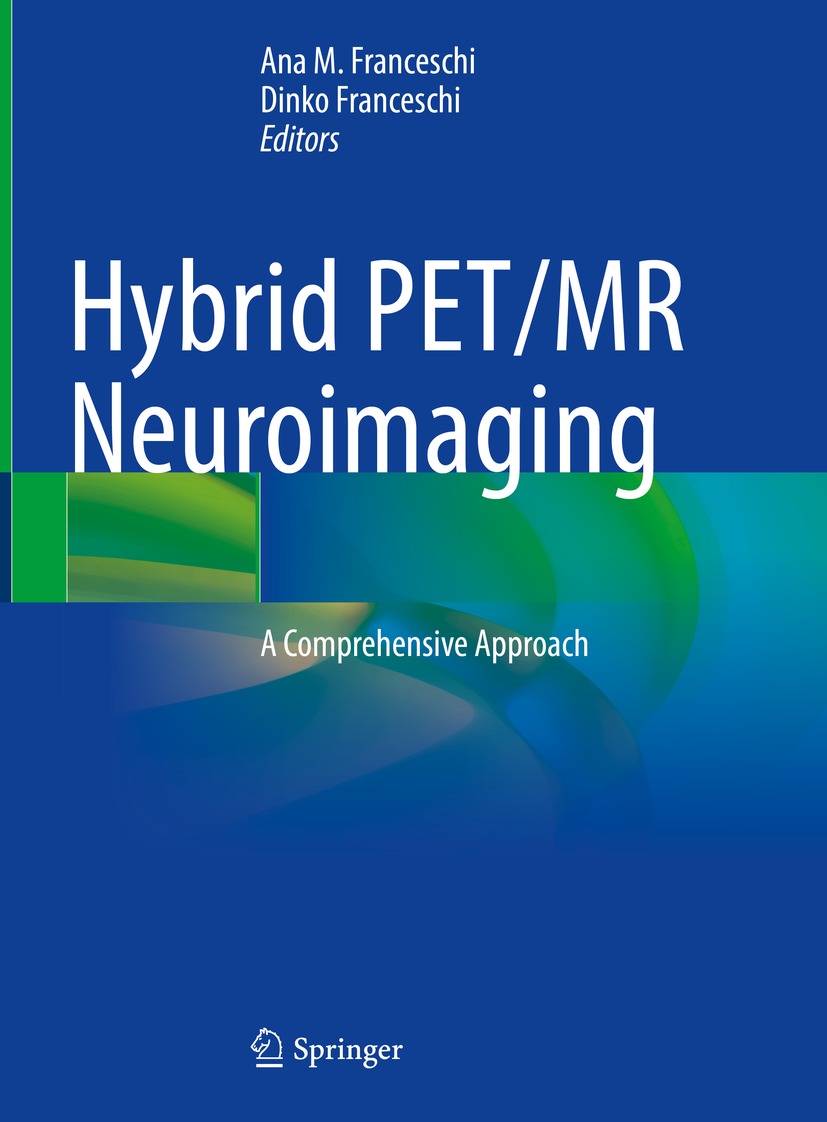Editors
Ana M. Franceschi
Donald and Barbara Zucker School of Medicine at Hofstra/Northwell, The Feinstein Institutes for Medical Research, Manhasset, NY, USA
Dinko Franceschi
Stony Brook University Hospital, Stony Brook, NY, USA
ISBN 978-3-030-82366-5 e-ISBN 978-3-030-82367-2
https://doi.org/10.1007/978-3-030-82367-2
The Editor(s) (if applicable) and The Author(s), under exclusive license to Springer Nature Switzerland AG 2022
This work is subject to copyright. All rights are solely and exclusively licensed by the Publisher, whether the whole or part of the material is concerned, specifically the rights of translation, reprinting, reuse of illustrations, recitation, broadcasting, reproduction on microfilms or in any other physical way, and transmission or information storage and retrieval, electronic adaptation, computer software, or by similar or dissimilar methodology now known or hereafter developed.
The use of general descriptive names, registered names, trademarks, service marks, etc. in this publication does not imply, even in the absence of a specific statement, that such names are exempt from the relevant protective laws and regulations and therefore free for general use.
The publisher, the authors and the editors are safe to assume that the advice and information in this book are believed to be true and accurate at the date of publication. Neither the publisher nor the authors or the editors give a warranty, expressed or implied, with respect to the material contained herein or for any errors or omissions that may have been made. The publisher remains neutral with regard to jurisdictional claims in published maps and institutional affiliations.
This Springer imprint is published by the registered company Springer Nature Switzerland AG
The registered company address is: Gewerbestrasse 11, 6330 Cham, Switzerland
Foreword
I am excited and honored to write the foreword for the book Hybrid PET/MR Neuroimaging: A Comprehensive Approach edited by the father and daughter team, Dinko and Ana Franceschi (my trainee!). Dinko has 30 years experience in nuclear medicine and has clearly recognized hybrid PET-MRI is an important new technology that will completely change our practice futures. I helped train Ana in neuroradiology and PET-MRI in just a few years, Ana has become a recognized early expert and champion for using this technology in routine clinical practice, first in the New York City area, and now at national meetings for neuroradiology and nuclear medicine. Ana and Dinko have collaborated with established and emerging leaders in this new field to cover the expanding scope and impact of hybrid PET-MRI. My only complaint is that I actually needed this book in the summer of 2012! Now there will be an excellent resource for physicians with different training and clinical backgrounds who are interested in learning more about the utility and interpretation of hybrid PET-MRI for neurological diseases.
My own early personal experience with PET-MRI may be instructive to readers interested in getting started since NYU was one of the first programs to use PET-MRI for clinical practice i.e. what it was like in the old days before this helpful book was available. I suspect many of the chapter authors can tell similar stories. When I arrived at NYU in August 2012 fresh out of fellowship, we had just installed a hybrid PET-MRI scanner in the main outpatient radiology facility. Yvonne Lui, my section chief, asked me to be the neuroradiology liaison for PET-MRI clinical and research studies. After neuroradiology fellowship training, I was quite familiar with the role of MRI in the clinical management of epilepsy and dementia, was an authorized user, and had decent trainee-level experience with FDG PET for cancer imaging (maybe 50 cases). My proudest accomplishment in nuclear medicine though may have been my autographed copy of Mettlers textbook obtained when he visited UCSF during boards preparation. At that point, I had read three FDG PET brain studies in my career one of those was for the radiology board exam in a hotel room in Louisville in 2011 and to this day I think I failed that case! We were unsure how to apply this new technology, but started using a research protocol that allowed us to pay for a cab and transport patients after their routine FDG PET-CT at the NYU cancer center across midtown Manhattan to be reimaged on the PET-MRI scanner at the radiology outpatient facility on First Avenue using the original decaying FDG dose.
It began as a trickle of patients. Over the next 2 years, I learned on the job how to really analyze and interpret FDG PET from Kent Friedman, chief of NYU nuclear medicine. Kent and I reviewed the MRI and FDG PET images together once a week in a dual-readout format and prepared two separate reports. We were lucky not to have turf wars between sections and combined our expertise to interpret these studies. It was a time of discovery as we encountered real patients that forgot to read the textbooks before they showed up for imaging and we always had lots of questions it was perhaps my limited knowledge of the FDG PET literature in the 19701980s that led me to rediscover key features for PET interpretation in epilepsy patients. After only seven patients had consented to both PET-CT and PET-MRI studies, the NYU level IV epilepsy center stopped ordering PET-CT for their patients and switched exclusively to PET-MRI studies. Eighteen months later in summer 2014, we opened the floodgates and agreed to use this new technology to image patients with suspected cognitive impairment from the NYU Pearl Barlow memory and aging center. Our volume immediately doubled, then doubled again over the next 18 months. Today, we typically interpret 2530 clinical neuroradiology PET-MRI studies a week (~1200 per year) a volume dominated by cognitive impairment workup, but we also image patients weekly for epilepsy, autoimmune encephalitis, brain, and neck tumors. Last time I checked in 2016, overall brain PET FDG volume was up 300% from 2012. We were one of the few sites to contribute to the original IDEAS study with hybrid PET-MRI data using amyloid tracers and routinely use multiple additional radiotracers in clinical practice and research (e.g., Dotatate, Tau, and TSPO tracers). I would predict that the recent FDA approval of Aduhelm, the amyloid-lowering immunotherapy from Biogen, also may increase our volume substantially.
Hybrid PET-MRI has changed our practice and actually changed the way I interpret MRI even without simultaneous PET. Over time those subtle MRI calls on epilepsy studies I was wary of mentioning in a conference at a well-known level IV epilepsy center for fear of my life were corroborated by the simultaneously acquired FDG PET, then subsequent intracranial EEG and surgical pathology. It is quite humbling to realize that subtle hippocampal sclerosis you were so excited to detect was just the tip of the iceberg in epilepsy patients and many of those icebergs were not even detectable with state-of-the-art MRI sequences. Conversely, MRI findings redirected us to recognize subtle extra-temporal FDG abnormalities we missed on an initial review that correlated well with semiology, EEG, and eventually surgical pathology. NYU referrers became very reliant on the PET-MRI reads we provide. Next Monday at our weekly multidisciplinary conference all four epilepsy patients considering surgery will have had hybrid FDG PET-MRI first. We had a similar experience changing the workup for neurodegenerative disease instead of equivocating on ambiguous FDG PET findings or using MRI only to assess white matter disease, mass, and hydrocephalus, we started providing constellations of multimodal imaging findings to support workup for specific diagnoses. Particularly for dementia, we observed a changing role for radiologists in the triage of patients. Busy general neurology referrers that may not have expertise or time on the initial visit to distinguish the causes for word-finding difficulty would change their follow-up evaluations and management based on our PET-MRI report. Conversely, experts in primary progressive aphasia would use such reports to focus their practice, time, and resources. In epilepsy, neurodegenerative disease, and autoimmune encephalitis, you learn quickly you cannot hide from the limits of sensitivity and specificity for MRI findings we proudly teach residents once you see the much more obvious findings on simultaneously acquired FDG PET. Previous groups had shown the advantages of reinterpreting separately acquired PET and MRI together in epilepsy and dementia respectively [1, 2] we were just turning that into daily clinical practice with a single efficient imaging session that patients, referrers, and the interpreting radiologists clearly preferred. I expect this phenomenon to continue and to expand to other common neurologic diseases as the technology and radiochemistry develop.

